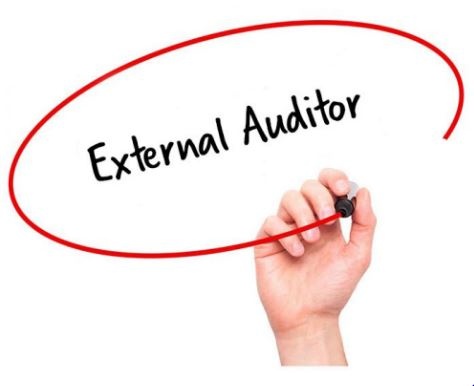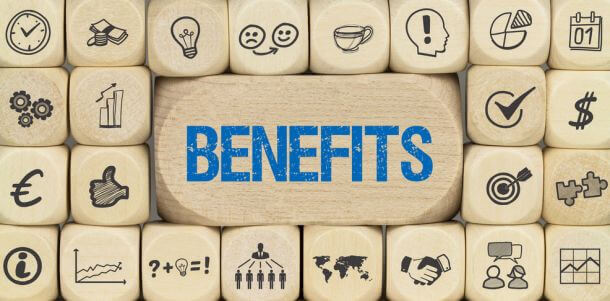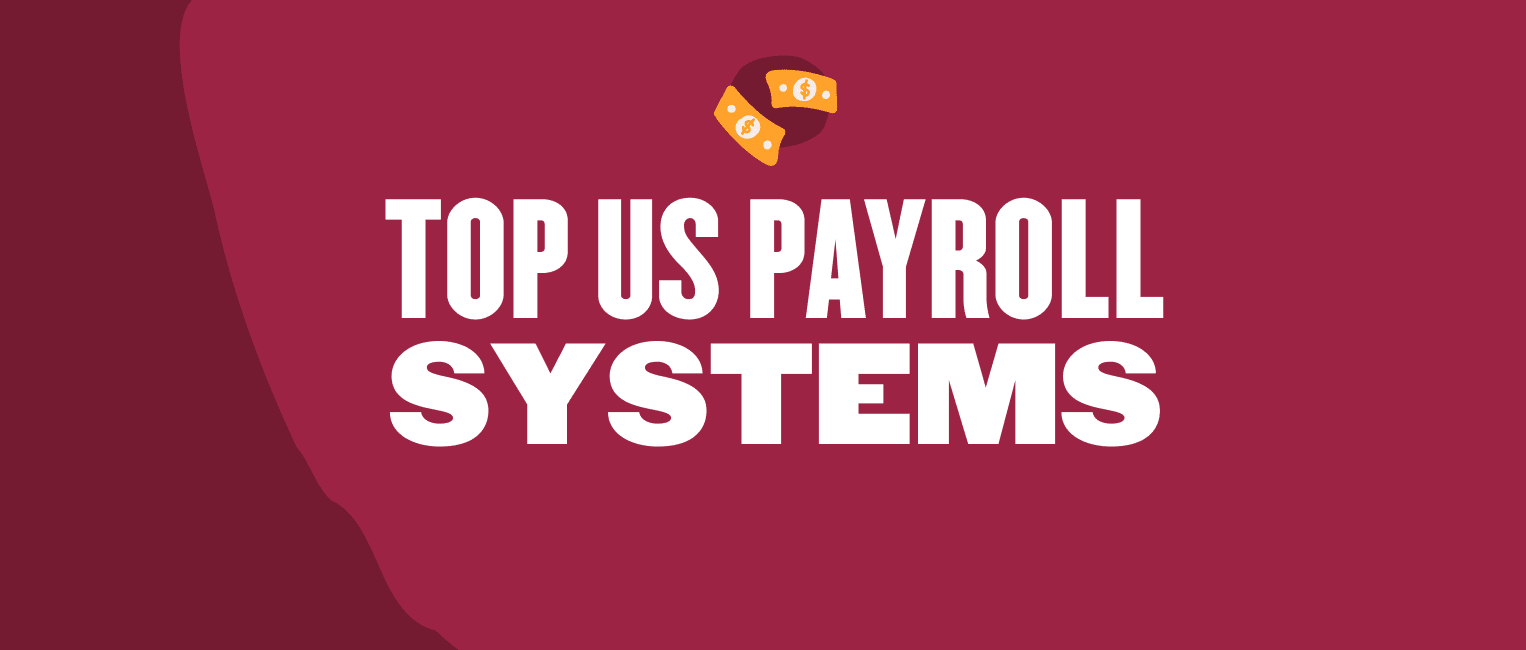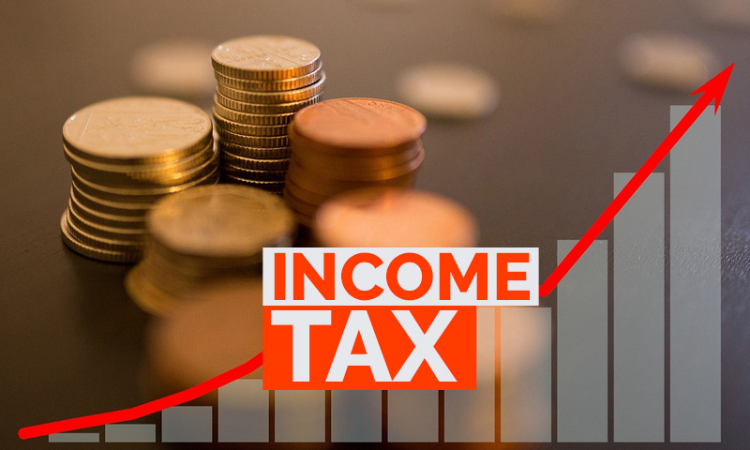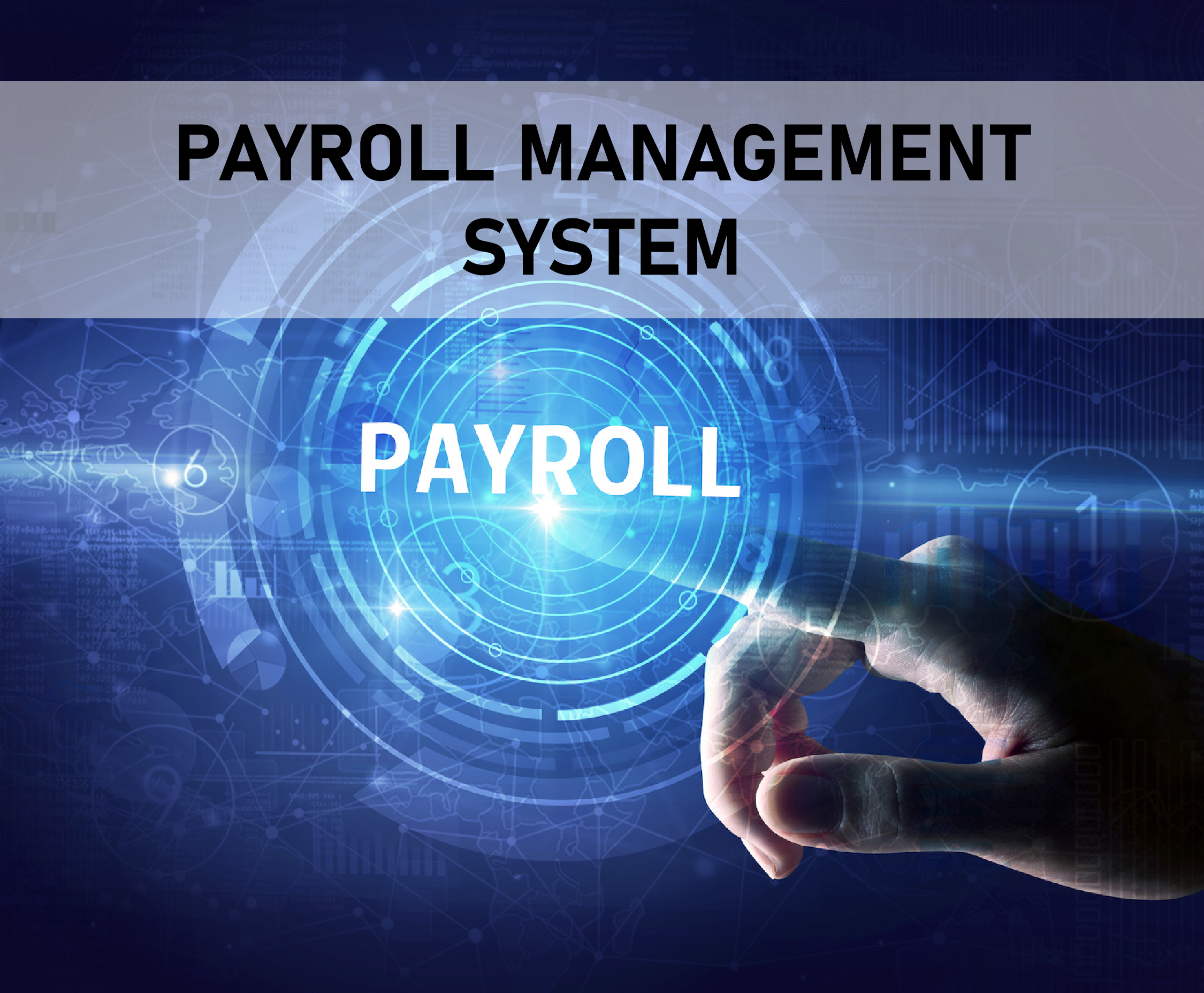The balance sheet and profit and loss (P&L) statement are fundamental financial documents that collectively provide a comprehensive overview of a company's financial position and performance.
The balance sheet and profit and loss (P&L) statement are fundamental financial documents that collectively provide a comprehensive overview of a company's financial position and performance.
Balance Sheet:
Balance Sheet are Also known as the statement of financial position, the balance sheet offers a snapshot of a company's financial status at a specific moment. It categorizes assets, liabilities, and equity:
Assets encompass all economic resources owned by the company, classified into current (short-term) and non-current (long-term) categories.
Liabilities represent the company's obligations to external parties, segmented into current liabilities (due within a year) and non-current liabilities (long-term debts).
Equity reflects the ownership stake in the company, including common stock, retained earnings, and additional paid-in capital.
Profit & Loss (P&L) Statement:
The P&L statement, or income statement, details a company's financial performance over a specific period:
Revenue marks the top line, comprising total sales and income generated.
Cost of Goods Sold (COGS) covers direct production costs like materials and labor.
Gross Profit is derived by subtracting COGS from revenue, indicating operational profitability.
Operating Expenses include costs necessary for business operations such as salaries, rent, and utilities.
Operating Income (or profit) is calculated by further deducting operating expenses from gross profit.
Net Income represents the bottom line after deducting all expenses, including taxes.
Interrelationship Between Balance Sheet and P&L Statement:
While the balance sheet provides a snapshot, the P&L statement offers a dynamic view of financial performance:
Net Income and Equity impact retained earnings, influencing equity on the balance sheet.
Assets and Revenue generated affect cash flow and accounts receivable, impacting the balance sheet.
Expenses and Liabilities incurred reduce assets or increase liabilities, also impacting the balance sheet.
In conclusion, these financial statements are crucial for stakeholders to assess financial health, make strategic decisions, and ensure business sustainability. Understanding the nuances of the balance sheet and P&L statement enables informed financial management and strategic planning, supporting long-term success and growth.







